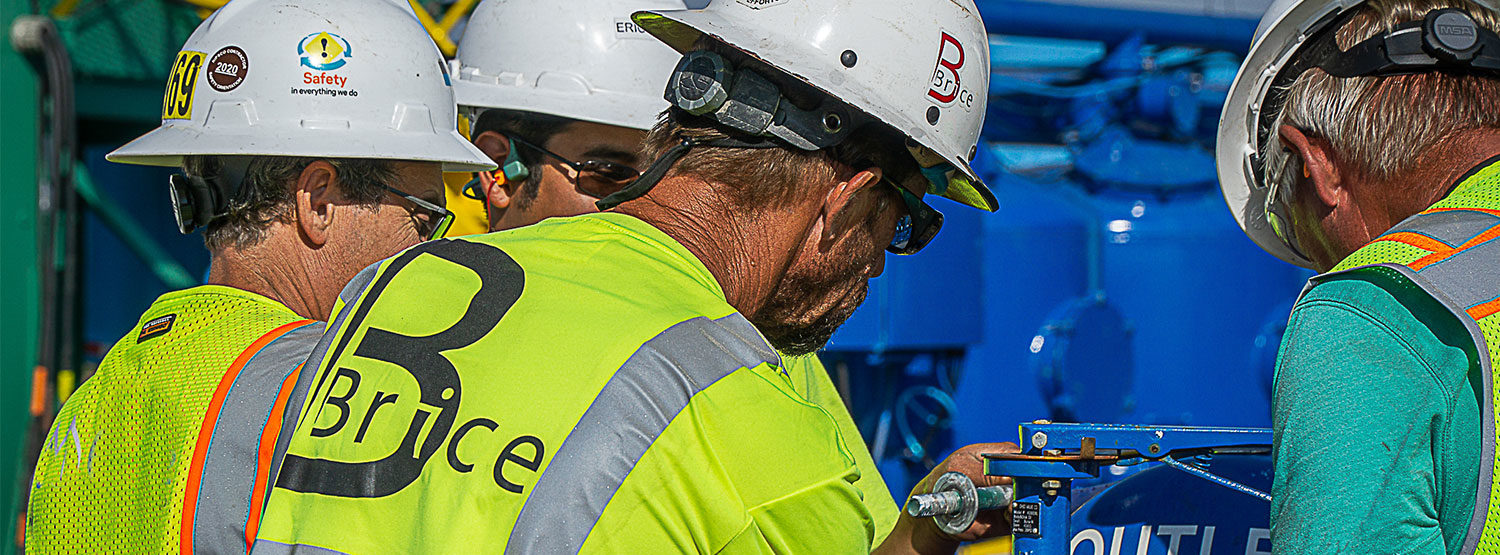Client: Federal Aviation Administration
Location: Tanana, Alaska
Completion Year: 2023
Scope of Work:
- Environmental Assessment
The Federal Aviation Administration (FAA) proposed a project to address soil contamination in a former field station located near Tanana, Alaska. The contamination stems from a former fuel storage area and fuel pipelines, leading to hydrocarbon contamination exceeding permissible levels according to the Alaska Department of Environmental Conservation (ADEC). To remedy this situation and comply with ADEC regulations, the FAA plans to use thermal conductive heating (TCH) to treat the contaminated soil. TCH involves installing vertical heating elements across the affected areas and heating the soil to approximately 390 degrees Fahrenheit to remove hydrocarbon contaminants effectively. Above the groundwater table, the soil would be heated using steam, resistive heating, or conductive heating. The project will closely monitor subsurface temperature and pressure throughout its implementation. This action aims to mitigate the environmental and health risks associated with the contaminated soil.
As this project constitutes a significant federal action, the FAA was required to conduct an Environmental Assessment (EA) to assess the environmental impacts, per the National Environmental Policy Act (NEPA). Brice was contracted to perform the EA, which involved a non-invasive survey of the project site, including data collection on wildlife, vegetation, hydrology, and visual observations. Brice also prepared a photographic log of the site, documenting potential environmental resources and sensitive receptors.
Brice assigned a project management team responsible for cost control, scheduling, and communication with the FAA. We held meetings with the client to discuss project progress, alternatives to the planned action, and stakeholder involvement. We prepared a Site Safety Plan to address COVID-19 safety measures based on CDC and government guidelines.
To kick off our work, we performed site visits to confirm baseline conditions and data, especially related to biological, coastal, cultural, natural, and water resources. To minimize disruptions to daily operations and community activities and respect Native Alaskan culture, we scheduled site visits between October and April, with early October preferred for biological observations.
Brice completed the EA for public review and comment in compliance with NEPA and FAA policies and guidance. The EA evaluated the direct, indirect, and cumulative effects of three action alternatives: no action, the Proposed Action, and an alternate remedial action. It also assessed potential impacts across various environmental categories, including air quality, biological resources, climate, coastal resources, historical and cultural resources, land use, noise, socioeconomics, water resources, and more.

 As an ANC 8(a) firm, Brice Solutions is eligible to receive sole source contracts regardless of dollar size, with no upper limit, compared with traditional 8(a) enterprises which are held to a sole source contract limit of $4 million.
As an ANC 8(a) firm, Brice Solutions is eligible to receive sole source contracts regardless of dollar size, with no upper limit, compared with traditional 8(a) enterprises which are held to a sole source contract limit of $4 million.